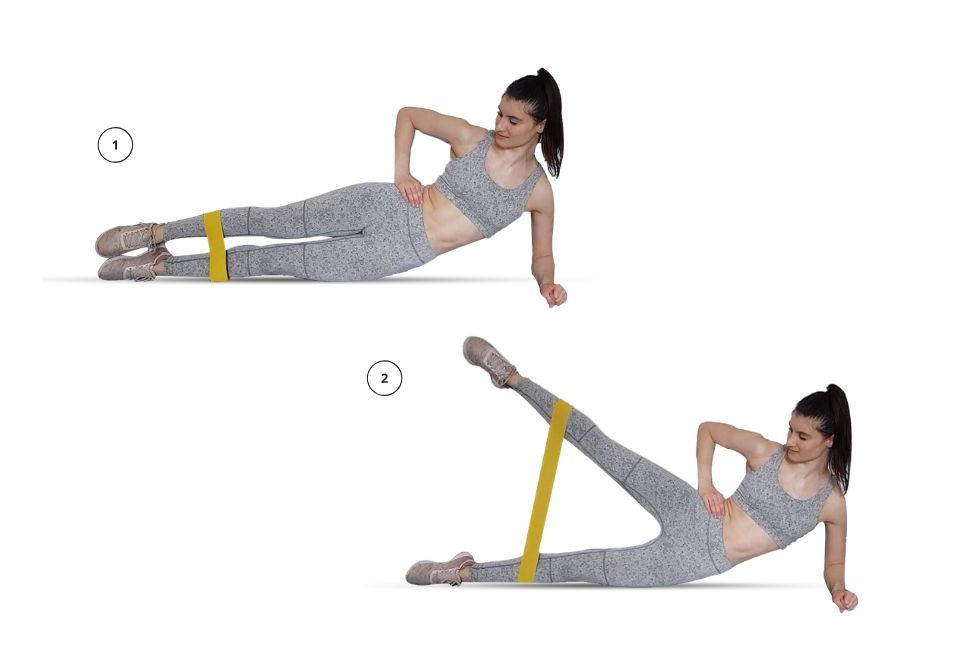Benefits of Hip Mobility: Enhancing Daily Activities and Alleviating Back Pain
- gentlyspeakingmari
- Jun 27, 2024
- 3 min read
In today's fast-paced world, where many of us spend a significant amount of time sitting at desks or driving, maintaining hip mobility often takes a backseat.
However, the importance of hip mobility extends far beyond the gym or yoga studio;
it plays a crucial role in our daily lives and the sense of well-being.
Improved hip mobility can enhance your daily activities and significantly reduce back pain. Let's explore how unlocking the potential of your hips can lead to a healthier, more active lifestyle.

The Anatomy of Hip Mobility
The hip joint is one of the largest and most versatile joints in the human body. It's a ball-and-socket joint, which allows for a wide range of motion in multiple directions. Healthy hip mobility means that this joint, along with the surrounding muscles, tendons, and ligaments, can move freely and efficiently without pain or restriction.

How Hip Mobility Can Help With Daily Activities
Walking and Running: Optimal hip mobility allows for a full stride and proper gait. This not only makes walking and running more efficient but also reduces the risk of injuries by ensuring that other parts of your body, such as the knees and lower back, are not compensating for tight hips.
Bending and Lifting: Everyday tasks like picking up groceries, lifting children, or bending to tie your shoes require a good range of motion in the hips. Flexible hips help maintain proper form, which is crucial to avoiding strains and injuries.
Sitting and Standing: Transitions between sitting and standing become smoother with better hip mobility. This is especially important for those who work in environments where they need to alternate frequently between these positions.
Balance and Stability: Good hip mobility contributes to better balance and stability, which are essential for tasks that involve standing on one leg, such as putting on pants or reaching for something on a high shelf.
The Connection Between Hip Mobility and Back Pain
Back pain is a common problem that affects millions of people worldwide. While the causes of back pain can be varied, poor hip mobility is often a contributing factor. Here's how improving hip mobility can help alleviate back pain:
Reduces Compensation Patterns: When hip mobility is limited, other parts of the body, especially the lower back, compensate for the lack of movement. This can lead to overuse and strain in the lumbar region, resulting in chronic pain. Improving hip mobility can distribute the workload more evenly across your body, reducing undue stress on the back.
Enhances Posture: Tight hips can pull your pelvis out of alignment, leading to poor posture. Poor posture, in turn, places additional pressure on the spine. By increasing hip flexibility, you can maintain a more neutral pelvic position, promoting better posture and reducing back pain.
Facilitates Core Engagement: The hips are closely connected to the core muscles. Improved hip mobility allows for better engagement of the core during movements, providing more support for the spine and reducing the likelihood of back pain.
Decreases Inflammation and Tension: Limited hip mobility can cause muscles around the hips and lower back to become tight and inflamed. Stretching and mobilizing the hips can alleviate this tension, promoting relaxation and pain relief.
Simple Exercises to Improve Hip Mobility
Incorporating hip mobility exercises into your routine doesn't have to be complicated. Here are a few simple exercises to get you started:
Hip Flexor Stretch: Kneel on one knee, with the other foot in front, forming a 90-degree angle. Gently push your hips forward while keeping your back straight to stretch the hip flexors.

2. Pigeon Pose: From a plank position, bring one knee forward and place it behind your wrist, with your foot angled toward the opposite hip. Extend the other leg straight back and lower your torso over the bent leg.

3. Lateral Leg Raises: Lie on your side with legs stacked. Lift the top leg as high as you can without tilting your pelvis. This exercise targets the muscles around the hip joint, improving mobility and strength.

4. Hip Circles: Stand on one leg with the other leg lifted slightly off the ground. Make small circles with the lifted leg, gradually increasing the size of the circles. Repeat on the other side.

Improving hip mobility is a powerful way to enhance your daily activities and reduce back pain. By incorporating regular stretching and strengthening exercises focused on the hips, you can enjoy a more active, pain-free lifestyle.
Remember, maintaining hip mobility is not just about flexibility; it's about ensuring your body moves efficiently and effectively, supporting you in everything you do.
Your back will thank you!
TRY THIS HIP MOBILITY YOGA FLOW & FEEL AMAZING!
How often do you practice hip mobility movements ?
If this post was helpful, please share with others!







Comments